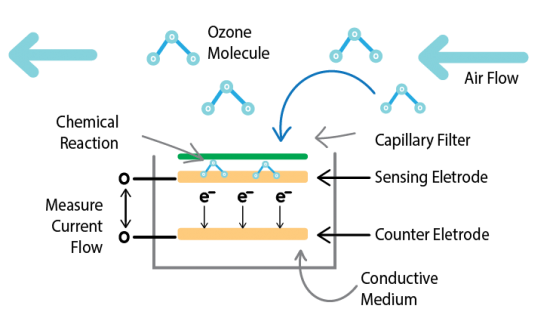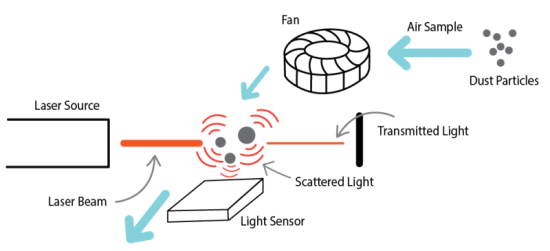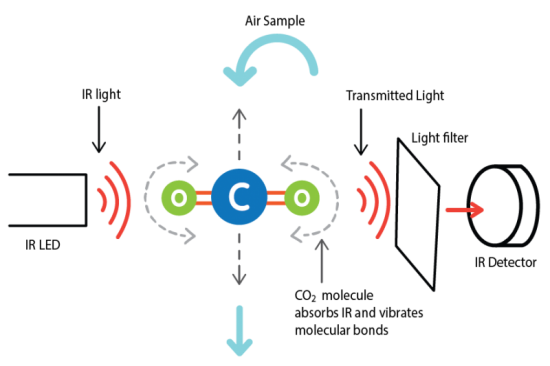Air Quality Matters!
Globally, seven million premature deaths each year result from air pollution (WHO, 2012). Recent air quality events such as the forest fires in Western North America and the extreme smog conditions in China emphasizes that air pollution is an important current issue for individuals globally. Your neighbour to the north, Canada, has recently had widespread forest fires throughout the west coast as well as serious air pollution events due to industry.









